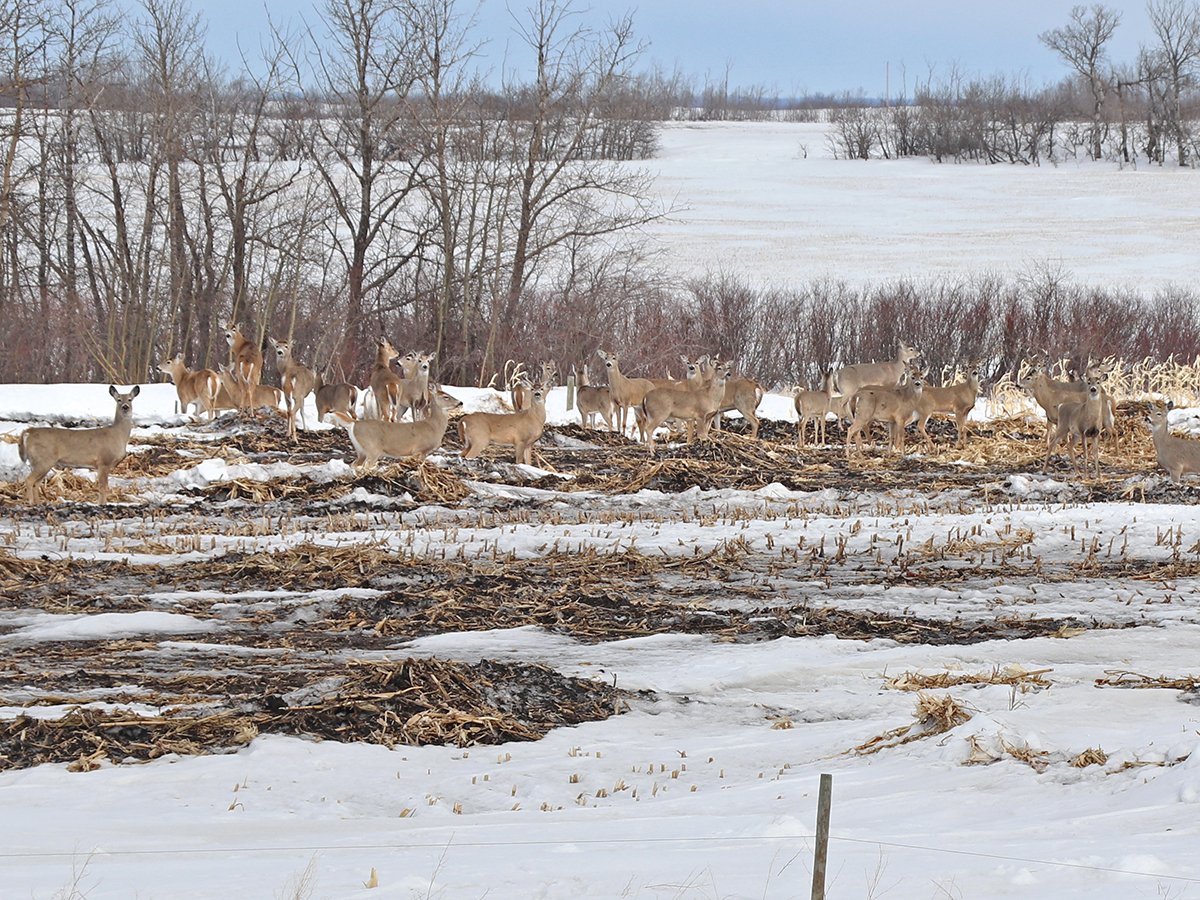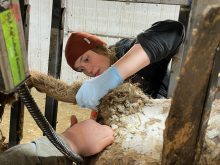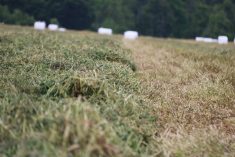RED DEER, Alta. – If there was ever a group that believes in its product, it’s the ostrich industry.
Promoting ostrich as an alternative red meat, this new breed of rancher hopes one day to take over one percent of the North American meat market.
There’s just one catch. They need about a million birds for slaughter.
Besides building up the number of birds available for the meat market, producers realize they need reliable, economical processors to get the meat to consumers.
During the March 9-10 Alberta Ostrich Breeders Association meeting here, several possibilities were presented including a mobile abattoir, perhaps the first of its kind in North America.
Read Also

Foot-and-mouth disease planning must account for wildlife
Our country’s classification as FMD-free by the World Organization for Animal Health has significant and important implications for accessing foreign markets.
“Regardless of whether you are a breeder or have market birds, you have to have a place to send them,” said Coral Lewis, a producer near Eckville, Alta.
Mobile slaughter plants are used in Scandinavia to process deer, sheep, goats and birds.
One advantage is that it can handle birds at farm sites, which reduces transport stress.
Transporting takes toll
Lewis said ostriches lose 10 to 17 percent of body weight during transport.
The mobile unit costs about $250,000 and could be obtained by 1997.
Another alternative is using the horse slaughter plant at Fort Macleod, Alta. Experienced in handling specialty meats, it is a federally inspected plant and already has a European market for horse meat. An ostrich feedlot could be attached to the plant.
Larry Lefebvre of Laden Industries, proposed his company build a combination sow plant with an ostrich line at Linden about 80 kilometres north of Calgary.
Laden Industries, of Innisfail, Alta., builds grain handling and specialty plants for agricultural ventures including some small abattoirs.
There is no processor in Alberta handling sows on a large scale so Lefebvre expects that end of the business would pay its own way.
“The (ostrich) industry today can’t support a plant by itself. The pork aspect is capable of supporting a plant,” he said.
The idea is on the drawing board but producers need to raise at least $750,000, possibly through Class A shares. If they get enough money they could start building a 1,400 sq. metre plant this June.
The company is looking at handling about 25 birds to start and hopes to reach about 8,000 a year. They would likely process the birds on a custom kill basis.















